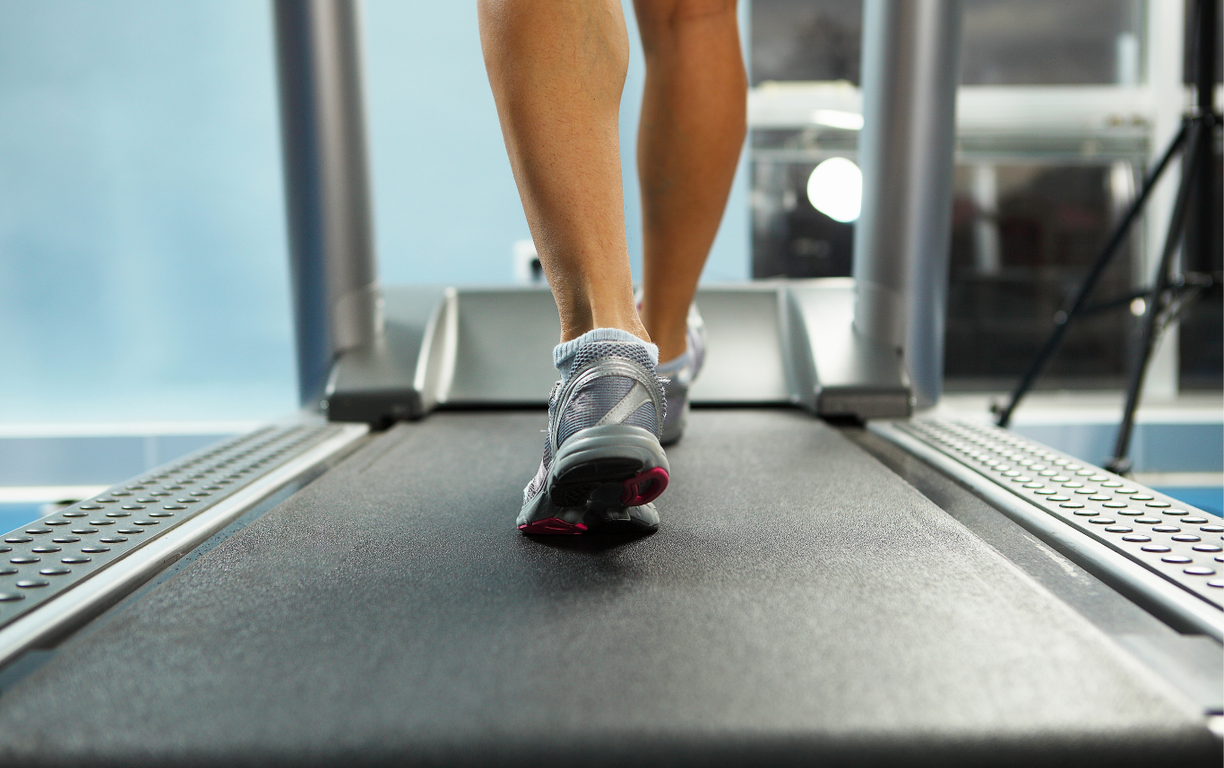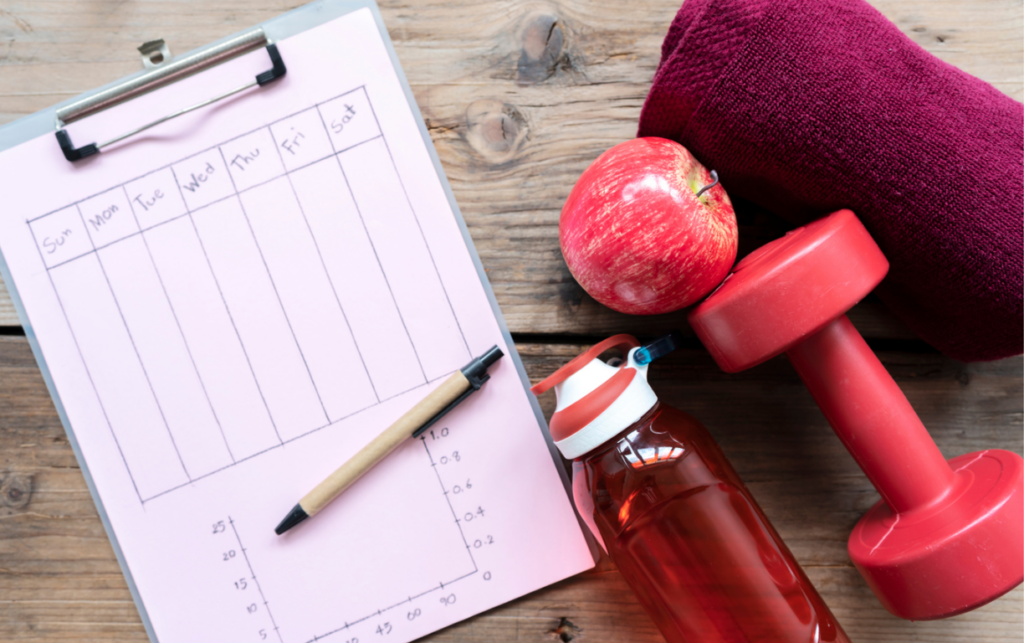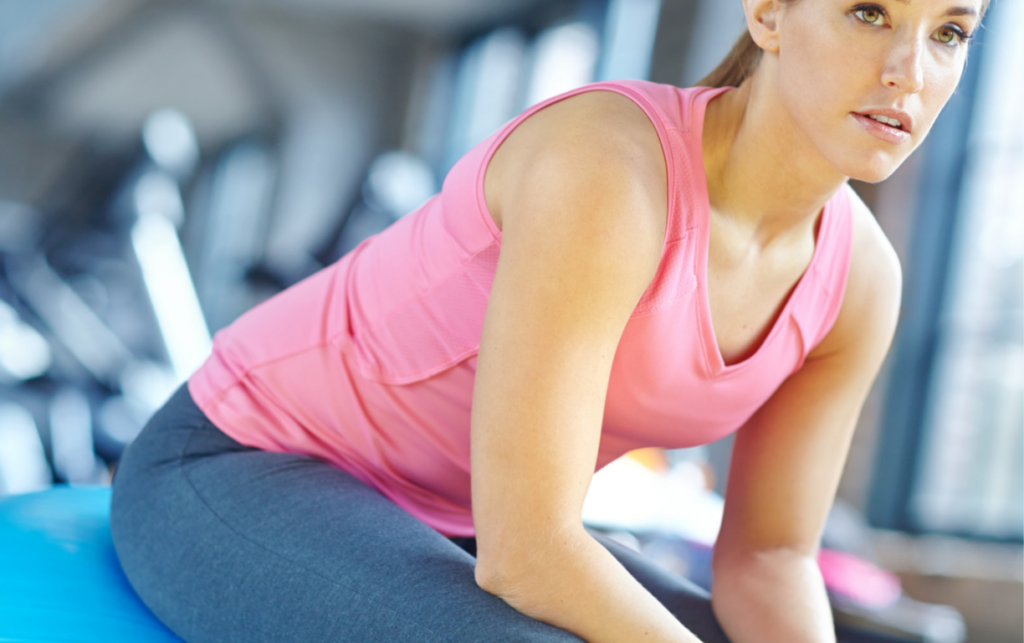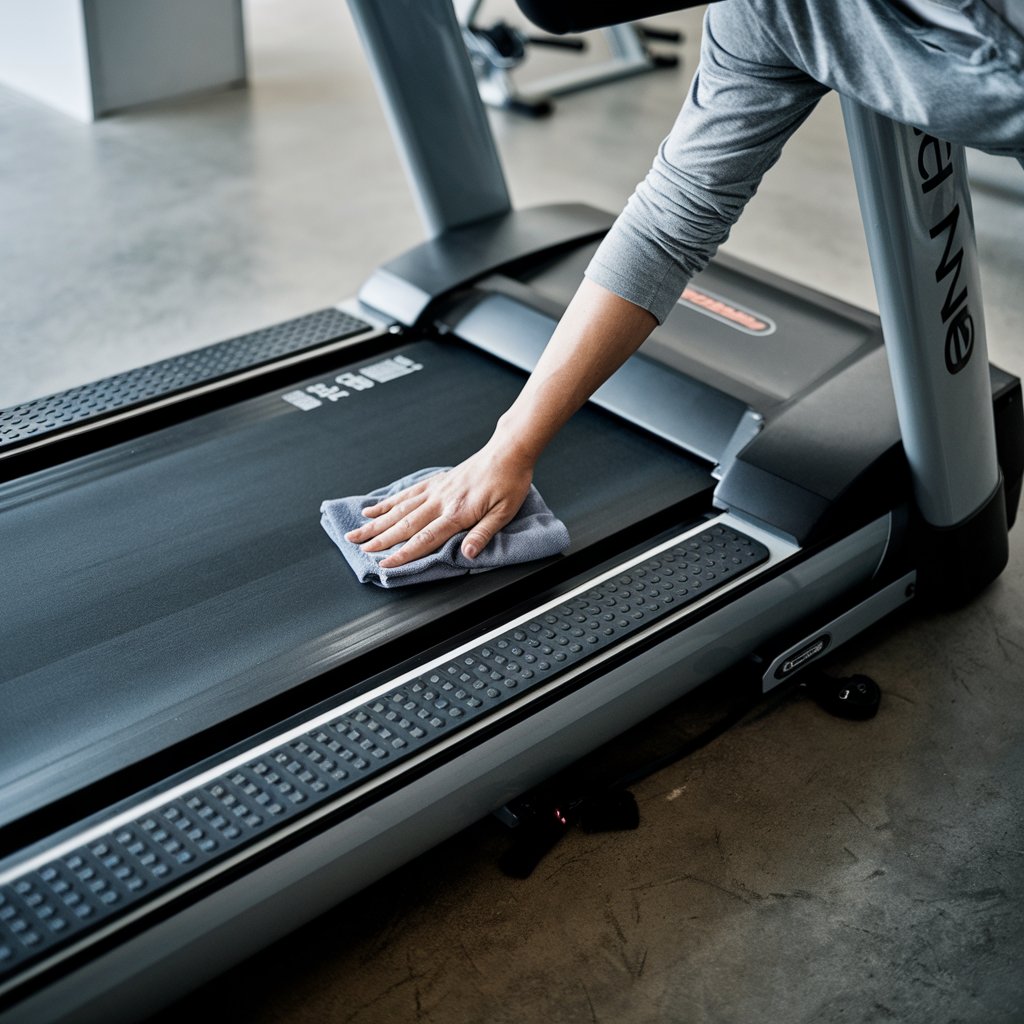Physical Address
304 North Cardinal St.
Dorchester Center, MA 02124
Physical Address
304 North Cardinal St.
Dorchester Center, MA 02124

Walking pads have become a popular choice for fitness enthusiasts and homebodies alike, offering a convenient way to stay active without leaving your living room. These compact treadmills fit seamlessly into your daily routine, allowing you to squeeze in a workout while watching TV or working from home. But how long can you realistically walk on a walking pad to reap the benefits?
Understanding th
Walking pads have become a popular choice for fitness enthusiasts and homebodies alike, offering a convenient way to stay active without leaving your living room. These compact treadmills fit seamlessly into your daily routine, allowing you to squeeze in a workout while watching TV or working from home. But how long can you realistically walk on a walking pad to reap the benefits?
Understanding the ideal duration for your walking sessions can help you maximize your fitness goals while minimizing the risk of injury. Whether you’re a beginner or a seasoned walker, knowing the right time frame can enhance your experience and keep you motivated. Let’s dive into the factors that influence how long you can walk on a walking pad and discover tips to make the most of your walking workouts.

The duration you can walk on a walking pad varies based on several factors. Here are some key aspects to consider:
With these considerations in mind, you can effectively determine how long to walk on a walking pad while reaping its benefits.
Walking on a walking pad offers numerous advantages that support both your physical health and daily lifestyle. These benefits make walking pads an excellent addition to your fitness routine.
Walking regularly on a walking pad significantly improves your cardiovascular health. Your heart rate increases as you walk, promoting better blood circulation and reducing the risk of heart disease. Aim for a consistent pace to engage your heart effectively. Research suggests that walking for just 30 minutes a day can lower blood pressure and improve overall heart function. Incorporating walking into your daily routine can lead to lasting health benefits.
Utilizing a walking pad can play a vital role in managing your weight. Walking burns calories, helping to create a caloric deficit crucial for weight loss and maintenance. At a moderate pace of 3 to 4 mph, you can burn approximately 240 to 400 calories in an hour, depending on your weight and fitness level. Consistency is key; aim for walking at least 150 minutes a week to achieve and maintain a healthy weight.
One of the biggest advantages of a walking pad is its convenience. You can walk while multitasking, whether you’re watching your favorite show, working, or even doing household chores. This flexibility allows you to integrate physical activity seamlessly into your daily life. The compact design of most walking pads means you can easily store it away when not in use, making it perfect for small spaces. With this device, you can stay active without the need for a gym membership or special attire.
Several key factors can influence how long you can comfortably walk on a walking pad. Understanding these factors will help you tailor your workout to your individual needs and goals.
Your fitness level plays a crucial role in determining walking duration. As a beginner, you might start with 10 to 15 minutes, gradually increasing your time as your endurance improves. Intermediate users typically find that walking for 20 to 30 minutes is effective for maintaining fitness. Advanced users may comfortably walk for 45 to 60 minutes, pushing their limits while ensuring proper recovery. It’s vital to listen to your body and adjust your walking duration according to your fitness progression and how you feel during each session.
Walking speed significantly influences the time you spend on a walking pad. A moderate pace of 3 to 4 mph is ideal for most users, allowing you to maintain a conversation while getting a good workout. Slower speeds may encourage longer sessions without overexertion, while faster speeds can lead to shorter durations as fatigue sets in more quickly. Adjust your speed based on your fitness level and desired intensity to find the right balance between duration and challenge.
The specifications of your walking pad can also impact how long you can walk. Factors such as the maximum speed, incline settings, and cushioning technology contribute to your overall comfort and endurance. A walking pad with good cushioning will reduce joint strain, enabling you to walk longer. Additionally, ensure your walking pad supports your walking speed preferences and has features that motivate you to stay active. Choose a model that suits your needs to maximize your walking sessions effectively.

Understanding how long to walk on a walking pad is essential for maximizing benefits and minimizing the risk of injury. Here are tailored recommendations based on your fitness level.
As a beginner, start with short sessions of 10 to 15 minutes to allow your body to acclimate to the new activity. Gradually increase your walking time as your endurance improves. Focus on maintaining a moderate pace of 2 to 3 mph, ensuring you can hold a conversation while walking. Aim for three to four days a week to establish a consistent routine.
If you have a moderate fitness background, aim for walking durations of 20 to 30 minutes. Maintaining a speed of 3 to 4 mph will enhance cardiovascular benefits while ensuring comfort. Incorporate five walking sessions weekly, allowing for rest days to aid recovery. You can introduce some incline settings to add variety and intensity to your workouts.
For those with advanced fitness levels, longer durations of 45 to 60 minutes are beneficial. At this stage, you should maintain a brisk walking speed of 4 mph or higher. Walking five to six days a week will help refine your fitness goals and support weight management. Consider integrating interval training by varying your speed and incline for more challenging workouts that can boost your results.
Staying safe while using a walking pad is essential for maximizing your workout and preventing injury. Follow these tips to ensure a safe and effective walking experience.
Maintain a straight posture while walking. Keep your head up and gaze straight ahead. Engage your core muscles to provide stability and balance during your walk. Your arms should move naturally at your sides. Avoid leaning forward or backward as this can strain your back and neck. Ensure your feet land flat on the pad for proper alignment and to reduce the risk of tripping.
Stay hydrated before, during, and after your workout. Dehydration can lead to fatigue and decreased performance. Keep a water bottle within reach so you can sip water as needed. Aim to drink at least 8 ounces of water 30 minutes before you start your walking session, and take small sips every 15 to 20 minutes while walking to keep your hydration levels up.
Always incorporate a warm-up before you start walking. Spend 5 minutes at a slower pace to prepare your muscles and joints. Gradually increase your speed to your desired walking rate. After your workout, cool down by walking slowly for about 5 minutes. This helps lower your heart rate gradually and prevents dizziness. Remember to stretch your major muscle groups after your session to enhance flexibility and aid recovery.

Taking care of your walking pad ensures its longevity and optimal performance. Regular maintenance will keep it functioning smoothly and safely for your workouts.
Keep your walking pad clean by regularly wiping down the surface with a soft cloth and mild detergent. After each use, remove any dirt or sweat to prevent buildup. For the belt and deck, use a vacuum to eliminate dust and debris that may affect performance. Every few weeks, clean underneath the walking pad to remove any accumulated dust or allergens. Avoid using harsh chemicals or excessive moisture, as these can damage the pad’s components.
Conduct regular checks on your walking pad to ensure it’s in good working condition. Inspect the power cord for any fraying or damage. Listen for unusual noises during operation, which could indicate mechanical issues. Check the belt alignment and tension to prevent slipping or wear. If you notice any inconsistencies, refer to the manufacturer’s guidelines for adjustments. Performing these checks every month will help maintain the safety and efficacy of your walking pad for years to come.
Walking pads offer a flexible and efficient way to incorporate exercise into your daily routine. By understanding your fitness level and gradually increasing your walking duration you can maximize the benefits of your walking sessions. Whether you’re a beginner or an advanced user it’s essential to listen to your body and adjust your workouts accordingly.
With the right approach you can enjoy significant health improvements while easily fitting exercise into your busy life. Remember to prioritize safety and maintenance to keep your walking pad in top shape. Embrace the convenience and make walking a regular part of your day for lasting wellness.